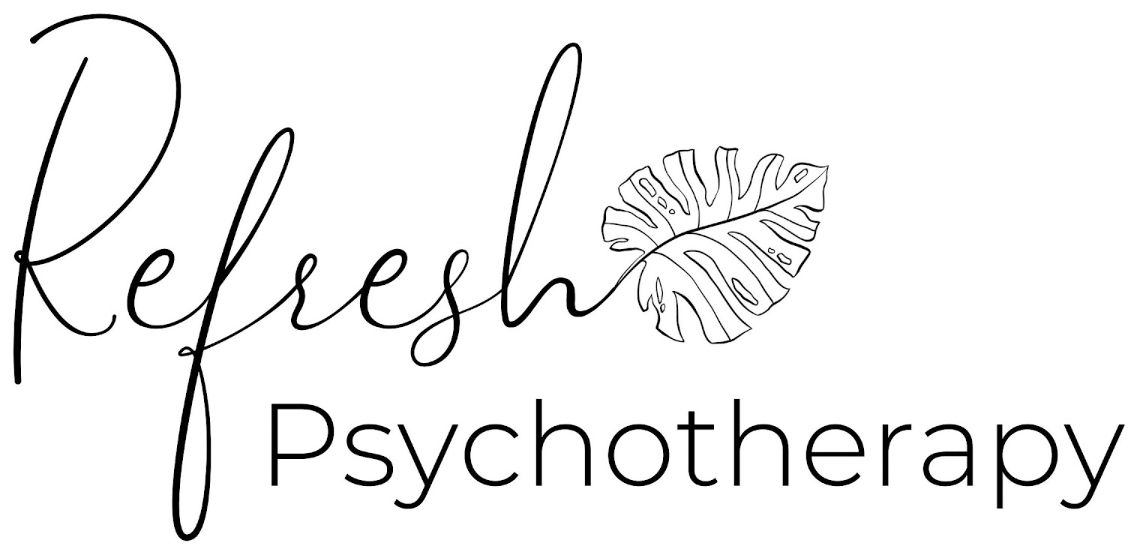
Guilt vs. Shame: Why Understanding the Difference Matters for Your Mental Health
Guilt and shame are two of the most commonly experienced—and commonly confused—emotions in mental health. They often show up together, but they serve fundamentally different functions. One can be adaptive and guide you toward repair. The other can erode your sense of self and keep you stuck in cycles of self-sabotage. Understanding the distinction between guilt and shame isn’t just an intellectual exercise. It’s a foundational step toward emotional clarity, healthier relationships, and long-term mental health.
Defining the Difference
Guilt is the emotional discomfort that arises when you believe you’ve done something wrong. It’s tied to a specific action or behavior and usually prompts a desire to make amends. Shame, by contrast, is a feeling that something is wrong with you as a person. It’s not “I did something bad,” but “I am bad.” Brené Brown (2012), a leading researcher on shame, defines guilt as being focused on behavior and shame as being focused on identity. This difference may sound subtle, but psychologically it’s significant. Guilt implies that repair is possible. Shame suggests that you are fundamentally broken.
Why the Difference Matters in Therapy
Many clients enter therapy describing overwhelming guilt, but as the work deepens, it becomes clear they are actually struggling with shame. Guilt, while uncomfortable, can be productive. It often leads to remorse, accountability, and growth. Shame, however, tends to be immobilizing. It leads to hiding, perfectionism, people-pleasing, or avoidance (Tangney & Dearing, 2002). Shame is also strongly correlated with depression, anxiety, disordered eating, and trauma symptoms (Kim, Thibodeau, & Jorgensen, 2011). By learning to identify when shame is present, clients can begin to externalize it, question its origins, and develop more compassionate self-understanding.
Cultural and Family Roots of Shame
Shame is not just an individual emotion—it’s shaped by family systems, culture, religion, and societal norms. Many people grow up in environments where mistakes are punished harshly or where love and approval are conditional on performance. In these settings, guilt doesn’t get to exist as a separate emotion—it’s quickly overwhelmed by shame. For example, a child might feel guilty for breaking a rule but quickly internalize the message that they are a disappointment or a burden. Over time, this emotional conditioning creates a default lens of shame that persists into adulthood. This often shows up as a harsh inner critic, chronic self-doubt, or difficulty receiving feedback without emotional collapse.
How Shame Manifests in High-Functioning People
Ironically, shame often hides behind achievement. Many high-functioning individuals appear confident, composed, and capable, but underneath is a deep fear of being exposed as inadequate. This is sometimes called “shame-driven overfunctioning.” These individuals may be successful precisely because they are trying to outrun shame. Their inner dialogue might say: “If I can just prove myself, they’ll never see how worthless I really am.” The result is chronic burnout, emotional disconnection, and imposter syndrome (Kets de Vries, 2005). Therapy helps unravel these patterns by exploring the origin stories of shame and creating space for a more integrated self-concept—one that allows for vulnerability without collapse.
The Role of Guilt in Healthy Relationships
Unlike shame, guilt can enhance emotional intimacy and accountability. Feeling guilty after an argument or a mistake often signals empathy, relational awareness, and a desire to repair. People who experience healthy guilt are more likely to engage in constructive problem-solving, apologize sincerely, and take responsibility without self-flagellation (Baumeister et al., 1994). The challenge is when guilt becomes disproportionate. Some individuals feel guilty not only for their actions but also for setting boundaries, having needs, or simply existing. In these cases, therapy works to recalibrate the guilt response so that it reflects actual violations of values—not internalized people-pleasing scripts.
How Shame Fuels Mental Health Symptoms
Shame doesn’t just feel bad—it actively contributes to psychological distress. Research has shown that shame is associated with increased cortisol levels, dissociation, avoidance behaviors, and even physiological symptoms such as chronic fatigue and gastrointestinal distress (Andrews, Qian, & Valentine, 2002). It is also implicated in the maintenance of PTSD, particularly when trauma involves interpersonal betrayal or humiliation. Clients who carry shame are more likely to hide their symptoms, minimize their suffering, or resist therapeutic vulnerability. Helping clients name and work through shame is often the turning point in treatment—not because it’s easy, but because it dismantles the emotional logic that says, “If they really knew me, they’d leave.”
Interrupting the Cycle
Therapeutically, interrupting the cycle of shame requires a combination of insight, relational safety, and new narrative construction. Approaches like compassion-focused therapy (Gilbert, 2010) and schema therapy (Young, Klosko, & Weishaar, 2003) directly target shame-based beliefs by helping clients build internal voices that are supportive, realistic, and emotionally responsive. Cognitive strategies may help challenge distorted beliefs (“I’m a failure” vs. “I made a mistake”), while somatic interventions can address the way shame is stored in the body—often through posture, tone, or somatic withdrawal. The goal is not to eliminate guilt or shame entirely—both are natural emotions—but to right-size them, differentiate them, and move through them with agency.
Rewriting the Shame Narrative
Many people operate from an unspoken life script shaped by early shame. This script might say: “I’m not lovable,” “I always mess things up,” or “I have to prove my worth.” These stories are often outdated and unexamined—but powerful. Narrative therapy offers tools to deconstruct and rewrite these internalized stories by identifying “unique outcomes,” or moments that contradict the shame narrative (White & Epston, 1990). Therapy becomes the space where you get to ask: Whose voice is this? Where did this belief come from? And do I want it to be part of my story moving forward?
Why This Distinction Changes Everything
When you can distinguish guilt from shame, you gain emotional freedom. Guilt says: “I made a mistake, and I want to do better.” Shame says: “I am a mistake, and nothing I do will ever be enough.” When you internalize shame, you become stuck—unable to trust yourself, connect authentically, or take healthy risks. When you learn to feel guilt without collapsing into shame, you can repair, grow, and forgive yourself. For many clients, this shift is the beginning of profound change—not just in how they think, but in how they relate to themselves, others, and the world.
If you’re constantly over-apologizing, questioning your worth, or stuck in cycles of self-blame, it’s not just guilt—it might be shame. And shame distorts more than just your self-esteem. Therapy helps you recognize the difference, break the loop, and relate to yourself with something stronger than self-criticism: respect. Start that shift today at refreshtherapynyc.clientsecure.me
Written by: Keeley Teemsma, LCSW, MA
Works Cited
Andrews, B., Qian, M., & Valentine, J. D. (2002). Predicting PTSD symptoms with shame and guilt. Journal of Traumatic Stress, 15(6), 509–523. https://doi.org/10.1023/A:1020196206116
Baumeister, R. F., Stillwell, A. M., & Heatherton, T. F. (1994). Guilt: An interpersonal approach. Psychological Bulletin, 115(2), 243–267. https://doi.org/10.1037/0033-2909.115.2.243
Brown, B. (2012). Daring greatly: How the courage to be vulnerable transforms the way we live, love, parent, and lead. Gotham Books.
Gilbert, P. (2010). Compassion focused therapy: Distinctive features. Routledge.
Kets de Vries, M. F. R. (2005). The dangers of feeling like a fake. Harvard Business Review, 83(9), 108–116.
Kim, S., Thibodeau, R., & Jorgensen, R. S. (2011). Shame, guilt, and depressive symptoms: A meta-analytic review. Psychological Bulletin, 137(1), 68–96. https://doi.org/10.1037/a0021466
Tangney, J. P., & Dearing, R. L. (2002). Shame and guilt. Guilford Press.
White, M., & Epston, D. (1990). Narrative means to therapeutic ends. Norton & Company.
Young, J. E., Klosko, J. S., & Weishaar, M. E. (2003). Schema therapy: A practitioner’s guide. Guilford Press.
